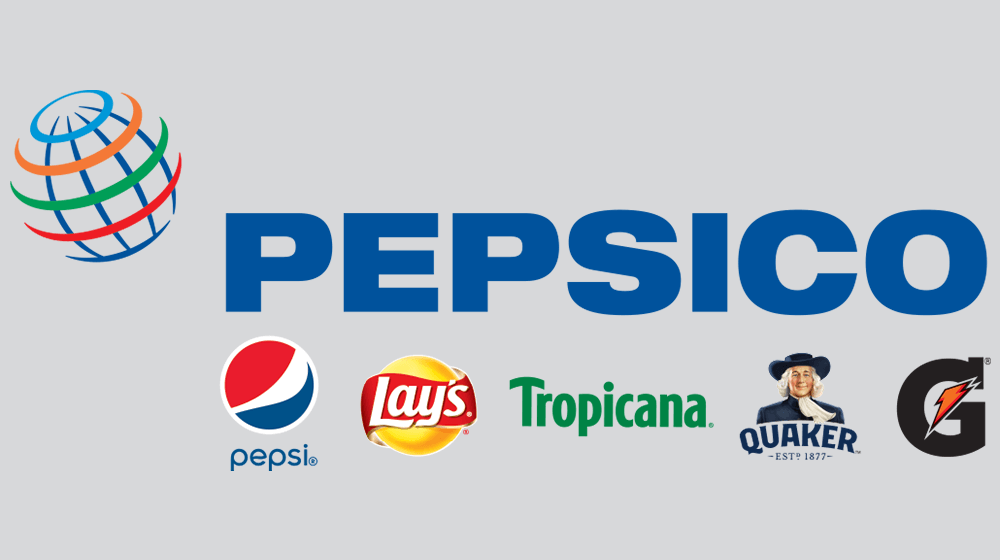Brief:
- Procter & & Gamble’s Chief Brand Officer Marc Pritchard put forth his vision for how to fix the traditional media supply chain, according to a transcript of the executive’s speech to the Association of National Advertisers Media & & Measurement virtual conference this week that was provided to Marketing Dive.
- In the speech, Pritchard pointed to the requirement for more gender and racial variety, greater control for brand online marketers, a revamped TELEVISION upfronts, and more transparency. He passed on steps P&G is currently taking, like not going back to the TELEVISION upfronts, doubling down on programmatic and direct buys, in addition to working with the minority-owned media business.
- More than just a reimagining of the media environment, Pritchard likewise advised action while revealing impatience with an absence of development in allowing measurement across digital platforms. He exhorted all online marketers to demand a “verified cross-platform measurement pilot in location [and] ready to scale” by the ANA’s Media & & Measurement conference next year.
Insight:
While not the first time Pritchard has required cross-platform measurement and an overhaul of what he described as an inequitable and inefficient media ecosystem, this week’s speech is significant for having a clearer vision of what a new system might look like, and for setting out what some of the actions might be for arriving.
As the top marketer at one of the world’s largest marketers, Pritchard has taken a management function on promoting for brand marketers and their requirements. In this week’s keynote address, Pritchard decried traditional media models that were created for various periods, such as standard broadcast upfronts. Rather, he doubled down on programmatic media, which he stated creates a more well-balanced marketplace for marketers and gets rid of intricacy that prevents financial investment in smaller media companies.
Even when faced with a pandemic, a financial decline, social discontent, and environment change bordering on crisis, Pritchard got in touch with marketers to stop accepting traditional media designs and instead construct a brand-new system that is entirely more equitable, responsive and useful for the digital age.
“There might never be a better time for us to lead positive interruption and change media,” Pritchard stated.
Key to the transformation Pritchard envisions is brand marketers reclaiming some control from media companies, who have the upper hand in what he called an “old-fashioned system for broadcast TELEVISION purchasing” due to the fact that of their access to more information.
“For marketers, this system makes little sense, yet every year, we march to the upfronts and rush to buy as much as possible as soon as possible to get the best ‘bulk offer,'” Pritchard said.

Pritchard’s remarks follow a wider motion across parts of the advertising industry to revamp the TV upfronts throughout a year when the system has been upset by the pandemic’s impact on the ability to produce brand-new programs or hold in-person events.
A level playing field would be one in which marketers could prepare and work out purchasing when it finest fits them, with real-time versatility to get used to market conditions and balanced exchange of info, per Pritchard’s remarks. Undoubtedly, in an interview approved before the speech, Pritchard stated P&G would not be returning to the yearly upfronts. Instead, the company will look to negotiate straight with media suppliers.
“Our firms assist us and have an important function as contributing partners, but we remain in the lead,” Pritchard stated.
That transparent and equal opportunity should likewise extend into the digital world, where media is purchased through auction. Still, information asymmetry exists when it pertains to audience information and cross-platform measurement. Comparing digital media buying to the motion picture “Groundhog Day” due to the fact that the very same pledges are made over and over and over again, Pritchard declared it was time for the industry to dedicate to establishing a verified, scalable cross-media measurement pilot by next year.
One method P&G is taking control of is media investments is with programmatic. Ninety-percent of P&G’s media spending is digital, and more than 80% is programmatic, Pritchard stated. In the U.S., programmatic is close to the business’s largest media financial investment and experiencing double-digit development.
“P&G chose [media] suppliers are those with programmatic ability,” Pritchard stated. “It levels the playing field amongst countless media business.”
The brand-new media supply chain likewise must consist of gender, racial and ethnic equality at every link in the chain, per Pritchard. Online marketers need to commit to fair representation both within their companies and amongst their chosen suppliers, consisting of companies, media business, and production crews. In addition, online marketers can help take apart systemic inequalities within the media supply chain by working directly with minority-owned and ran media companies, he noted. Such financial investment assists close earnings and wage spaces, leading to more general buying power and market development, “which benefits society and helpful for service,” Pritchard stated.

















